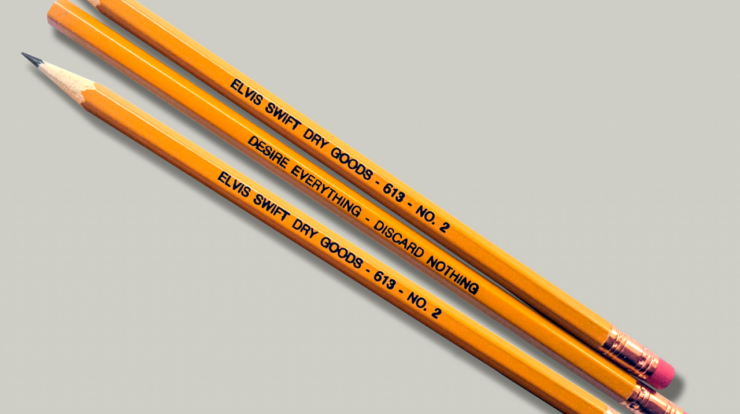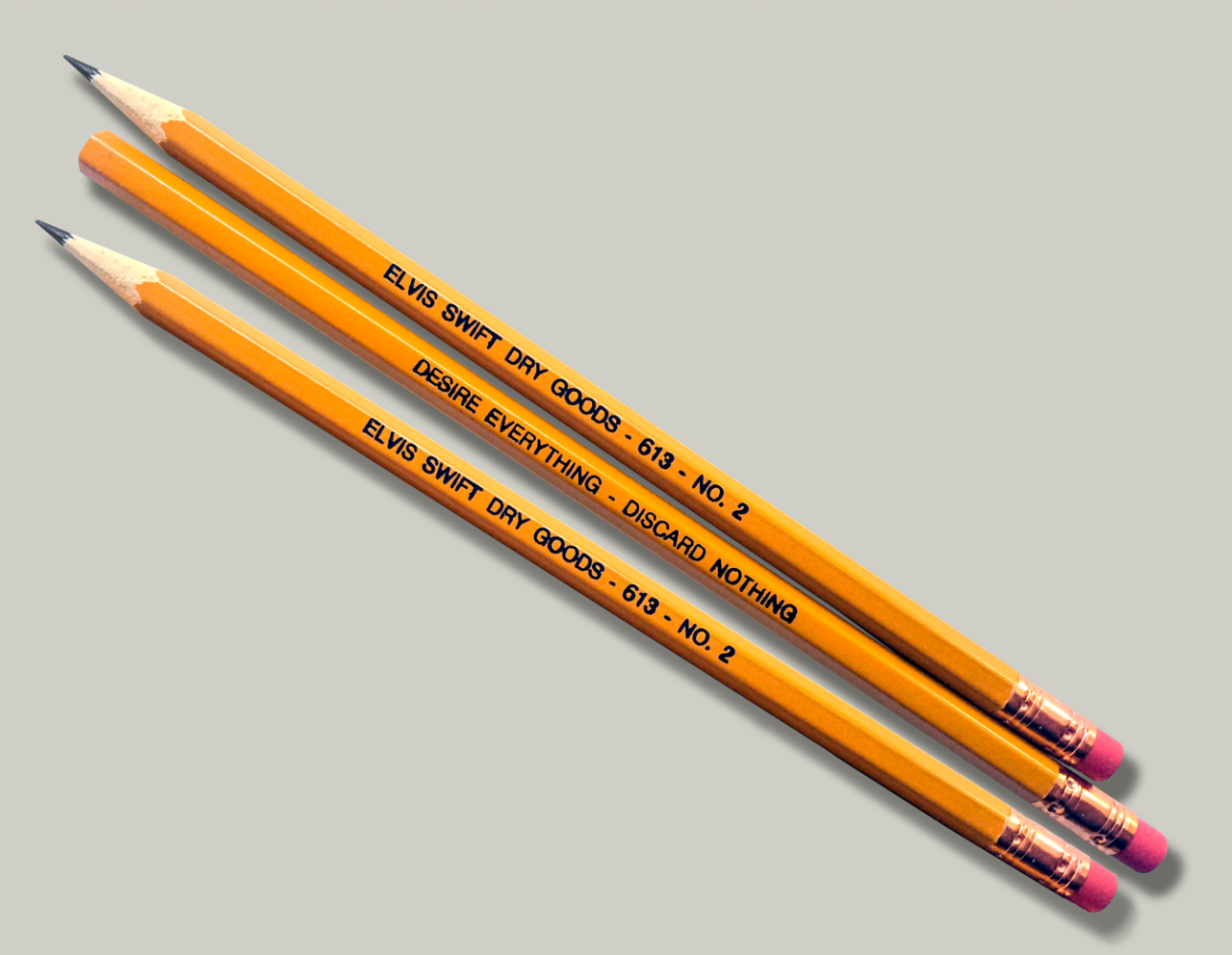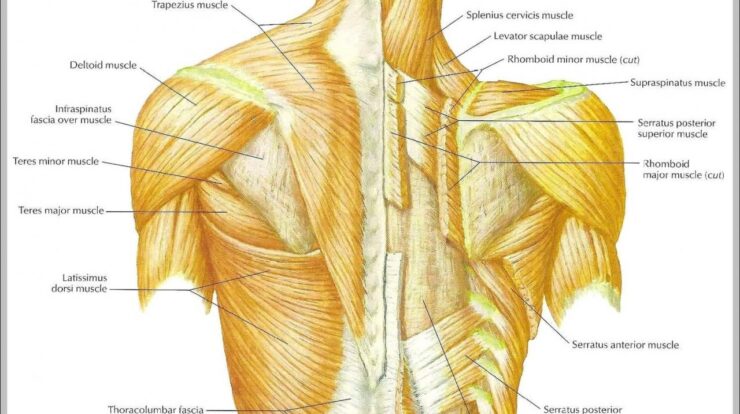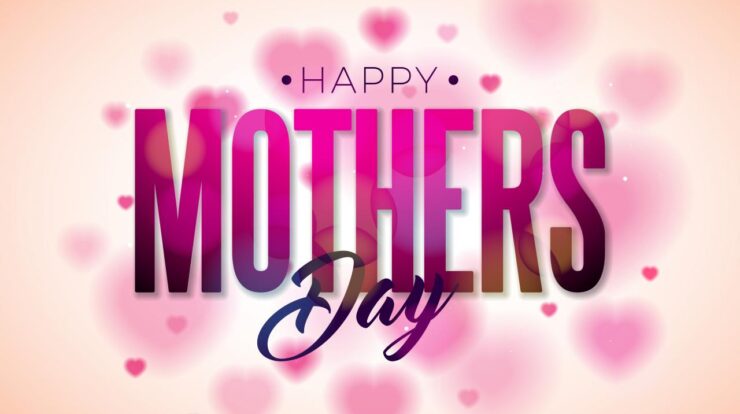
Pencil meaning – Embarking on a journey into the realm of pencils, we uncover their rich history, diverse applications, and captivating artistic possibilities. From humble beginnings to modern-day marvels, pencils have left an enduring mark on the world of writing, drawing, and creativity.
Their composition, grades, and sharpening techniques reveal the intricacies of this versatile tool, while their uses span a wide spectrum, from everyday writing to intricate works of art. Join us as we explore the fascinating world of pencils, unraveling their significance and inspiring new perspectives.
Pencil Meaning
A pencil is a writing instrument that consists of a narrow, solid cylindrical stick of graphite encased in a protective barrel made of wood, plastic, or metal. Pencils are used for writing, drawing, and sketching. They are commonly used by artists, writers, and students.
The word “pencil” comes from the Latin word “penicillus,” which means “little brush.” The first pencils were made in the 16th century by attaching a graphite core to a stick. Graphite is a mineral composed of carbon that is soft and black, making it ideal for writing and drawing.
Over time, pencils have evolved in terms of their design and materials. Today, pencils are available in a wide range of shapes, sizes, and colors. They can be made from different types of wood, plastic, or metal, and the graphite core can be varied in hardness and darkness.
Pencil History

The history of the pencil can be traced back to the 16th century, when graphite was first discovered in the Borrowdale region of England. Initially, graphite was used as a writing material in its natural form, but it was found to be messy and difficult to handle.
In the 17th century, a method was developed to encase the graphite in a wooden barrel. This made the pencil much more convenient to use and helped to prevent the graphite from breaking.
Over the centuries, pencils have undergone a number of changes in their design and materials. The graphite core has been refined to produce different degrees of hardness and darkness, and the wooden barrel has been replaced by plastic and metal in some cases.
Pencil Anatomy
| Part | Function |
|---|---|
| Graphite core | The core of the pencil, made of graphite and clay, provides the writing or drawing material. |
| Wooden barrel | The wooden barrel protects the graphite core and provides a comfortable grip for writing. |
| Ferrule | The metal band that holds the eraser in place. |
| Eraser | The eraser is used to remove pencil marks. |
Pencil Grades: Pencil Meaning
Pencils are graded according to their hardness and darkness. The grading system ranges from 6B to 9H, with 6B being the softest and darkest, and 9H being the hardest and lightest.
The grade of a pencil is determined by the ratio of graphite to clay in the core. Softer pencils have a higher proportion of graphite, while harder pencils have a higher proportion of clay.
The grade of a pencil is important to consider when choosing a pencil for a particular task. Softer pencils are better for writing and sketching, while harder pencils are better for drawing and technical work.
Pencil Sharpening
Pencils need to be sharpened regularly to keep them writing or drawing smoothly. There are a variety of pencil sharpeners available, including manual sharpeners, electric sharpeners, and knife sharpeners.
The type of sharpener you use will depend on your personal preference and the type of pencil you are using. Manual sharpeners are less expensive and more portable, while electric sharpeners are faster and easier to use.
It is important to sharpen pencils correctly to avoid breaking the graphite core. The pencil should be held at a 45-degree angle to the sharpener, and the sharpener should be turned slowly and evenly.
Pencil Uses
Pencils are used for a wide range of applications, including writing, drawing, sketching, and crafting. They are commonly used by artists, writers, students, and professionals.
Pencils are a versatile writing instrument that can be used on a variety of surfaces, including paper, wood, and metal. They are also relatively inexpensive and easy to use, making them a popular choice for both personal and professional use.
Pencil Art
Pencils are a popular medium for creating art. They can be used to create a wide range of effects, from delicate sketches to bold drawings.
Pencil artists use a variety of techniques to create their work, including hatching, cross-hatching, and blending. They also use different grades of pencils to create different effects, such as light and shadow.
Some of the most famous pencil artists include Leonardo da Vinci, Albrecht Dürer, and Rembrandt.
Pencil Collectibles
Pencils are also popular collectibles. Some collectors focus on collecting pencils from a particular era or manufacturer, while others collect pencils with unique or unusual designs.
The value of a pencil collectible depends on a number of factors, including its rarity, condition, and historical significance.
Some of the most valuable pencil collectibles include pencils that were used by famous people, pencils that were made from rare materials, and pencils that were produced in limited editions.
Final Thoughts
In conclusion, pencils stand as a testament to human ingenuity and creativity. Their evolution over centuries reflects our pursuit of better writing and artistic expression. Whether used for mundane tasks or extraordinary masterpieces, pencils continue to captivate and inspire, leaving an indelible mark on our collective imagination.
Essential Questionnaire
What are the different types of pencil cores?
Pencil cores vary in composition, with graphite being the most common. Other materials include charcoal, carbon, and colored pigments.
What factors influence pencil grade selection?
Pencil grade is determined by the ratio of graphite to clay, with softer pencils having more graphite and harder pencils having more clay.
What is the optimal pencil point for different writing and drawing purposes?
For general writing, a medium-sharp point is suitable. For fine lines and detailed drawings, a sharper point is preferred, while a blunt point is ideal for shading and blending.





